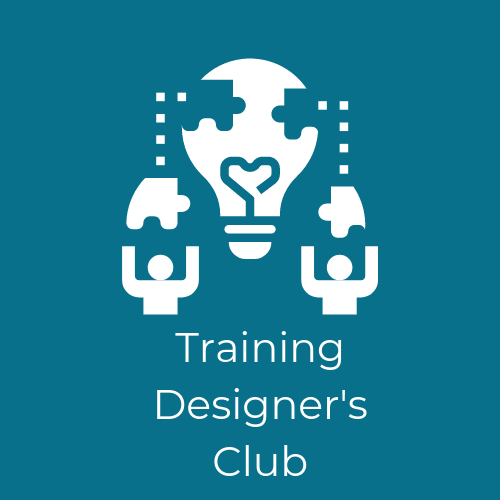I saw another post today citing the 70:20:10 Model of learning, explaining how it can be used to create a great learning programme.
Learning Styles are still talked about as fixed things.
I have a healthy level of cynicism about any type of personality profiling.
Yet I DO still refer to Learning styles (though I’m careful to talk about them as PREFERENCES). Personality types are very interesting and difficult to dismiss completely. Hundreds of thousands of people make their living from profiling tools to help people to understand and adapt their behaviour.
As L&D professionals and training designers, models are very useful.
In academic or accredited courses they are almost compulsory… how else can you define your syllabus or test someone’s knowledge? Describing a model is a perfect way to assess knowledge in a consistent way.
But do they MATTER?
Do they actually make a difference to someone’s PRACTICE?
Not really.
BUT
They are very helpful FRAMEWORKS.
Models are not supposed to be a complete and accurate description of the way that everything is – they are a generalisation. In the same way that a photo of Stonehenge isn’t Stonehenge – but it gives us a good idea of what Stonehenge is like.
Models provide fantastic hooks for us to hang ideas, concepts and information on. They help people to group knowledge and make it easier to handle and work with. They help to categorise their own experience and start to see patterns and links, which makes learning from experience easier.
Is leadership as simple as balancing the needs of Task, Team and Individual as suggested in John Adair’s Action Centred Leadership Model? Of course not!! It’s way more complicated than that, but when you are brand new to a team leader role it helps to explain how the job is different to being an operator. It provides a frame of reference.
Models appeal to lots of people for lots of reasons. I’m actually all for them AS LONG AS they are used in context and explained properly. If we highlight that they are guidelines rather than hard and fast rules, approximations rather than facts and SIMPLIFIED versions of reality, they are very helpful in learning and development.
But jumping on the latest theory as if it is ‘the answer’ and following it slavishly is never going to end well. People are more unpredictable than that. Situations more nuanced. Organisations more complicated.
So please use models. But use them as a stepping stone to learning, rather than the end point of learning.
